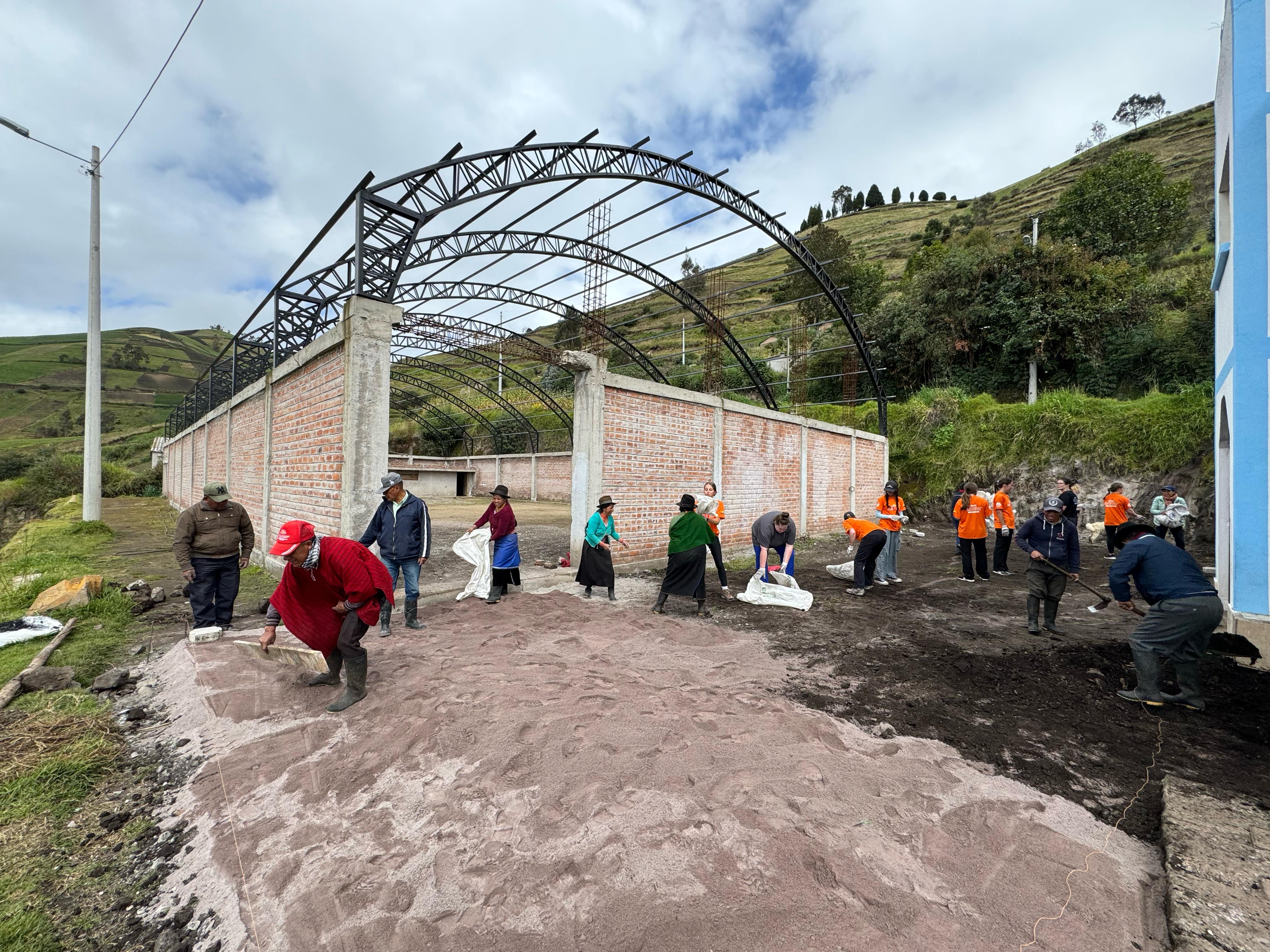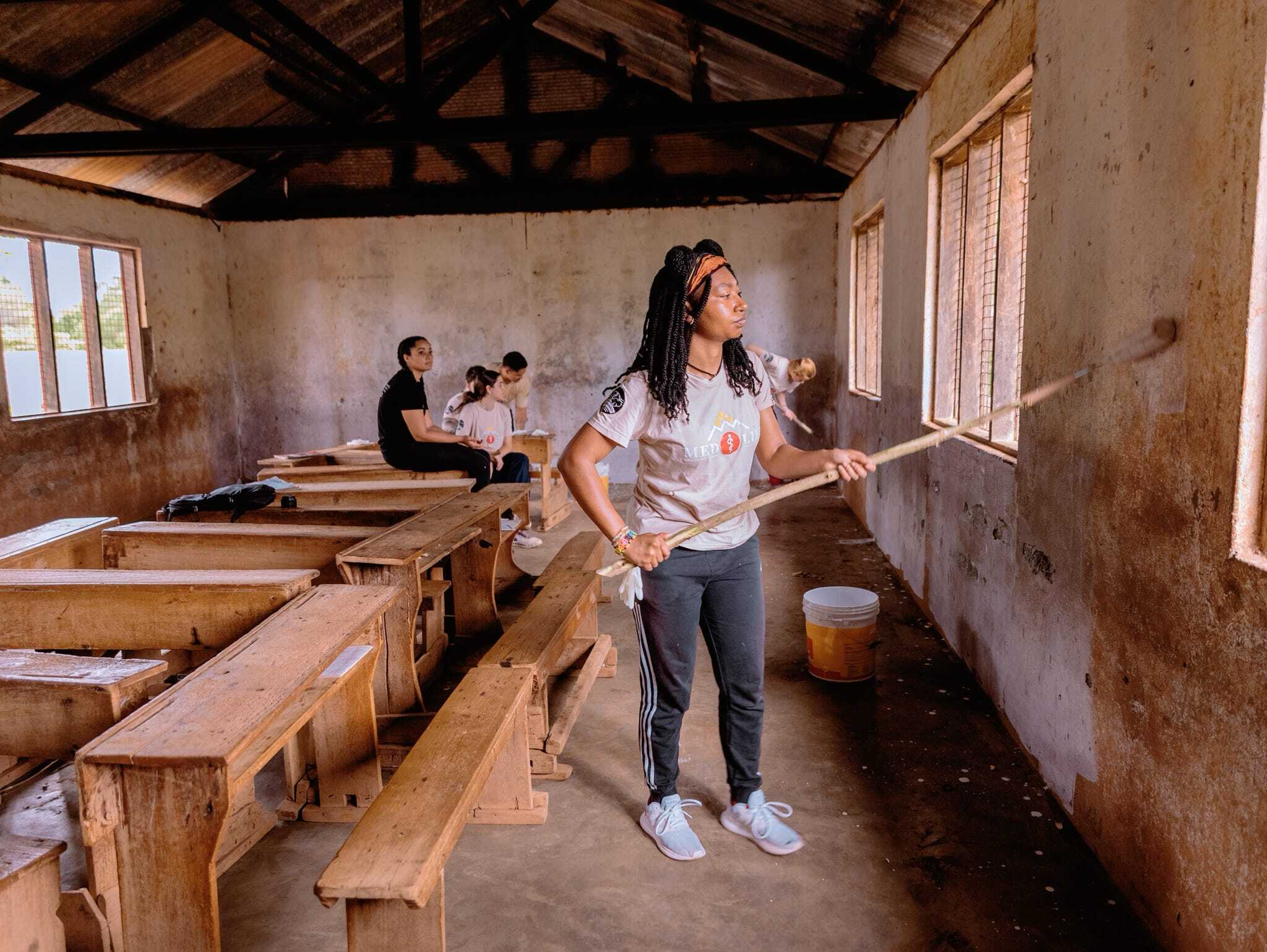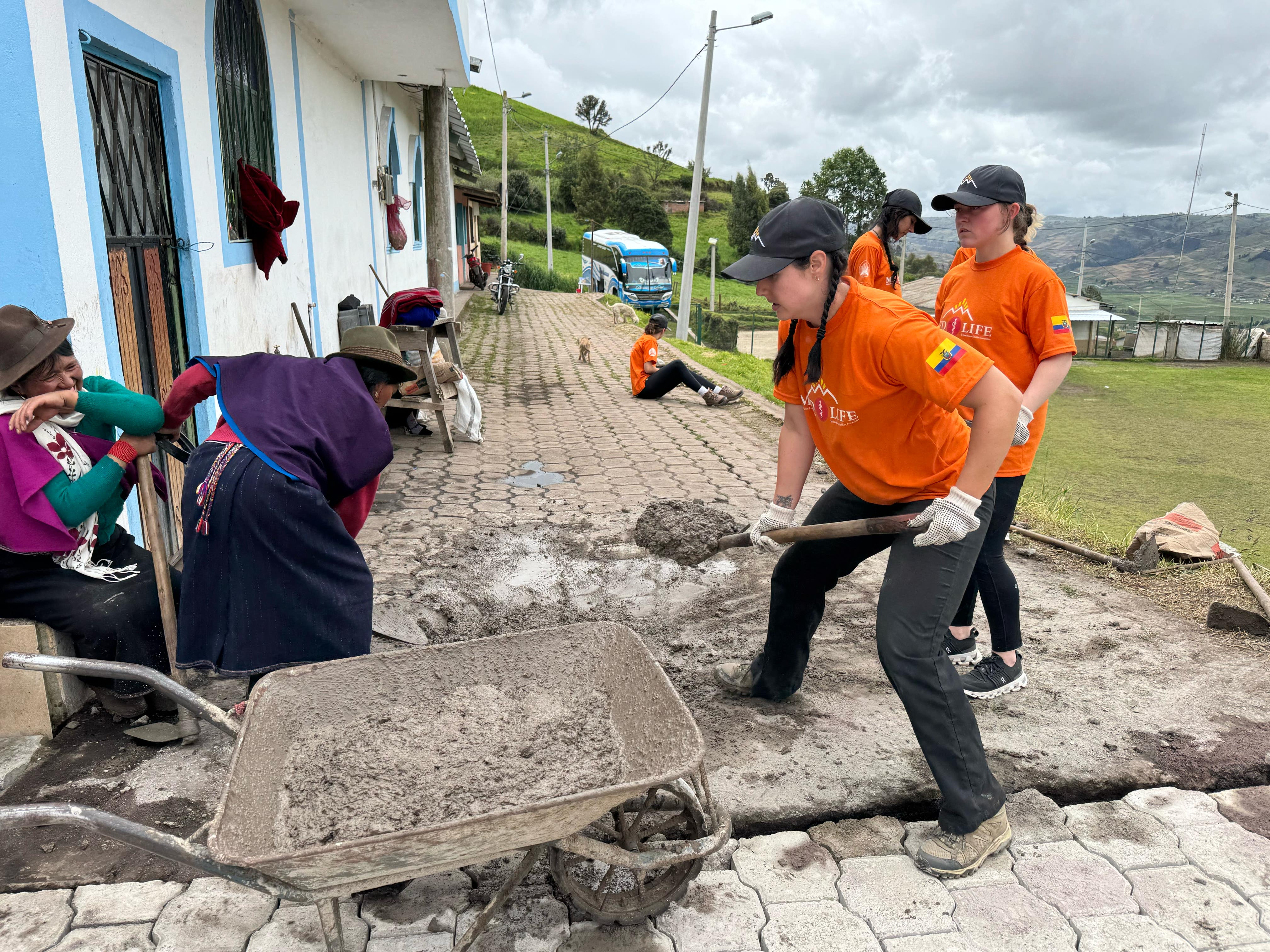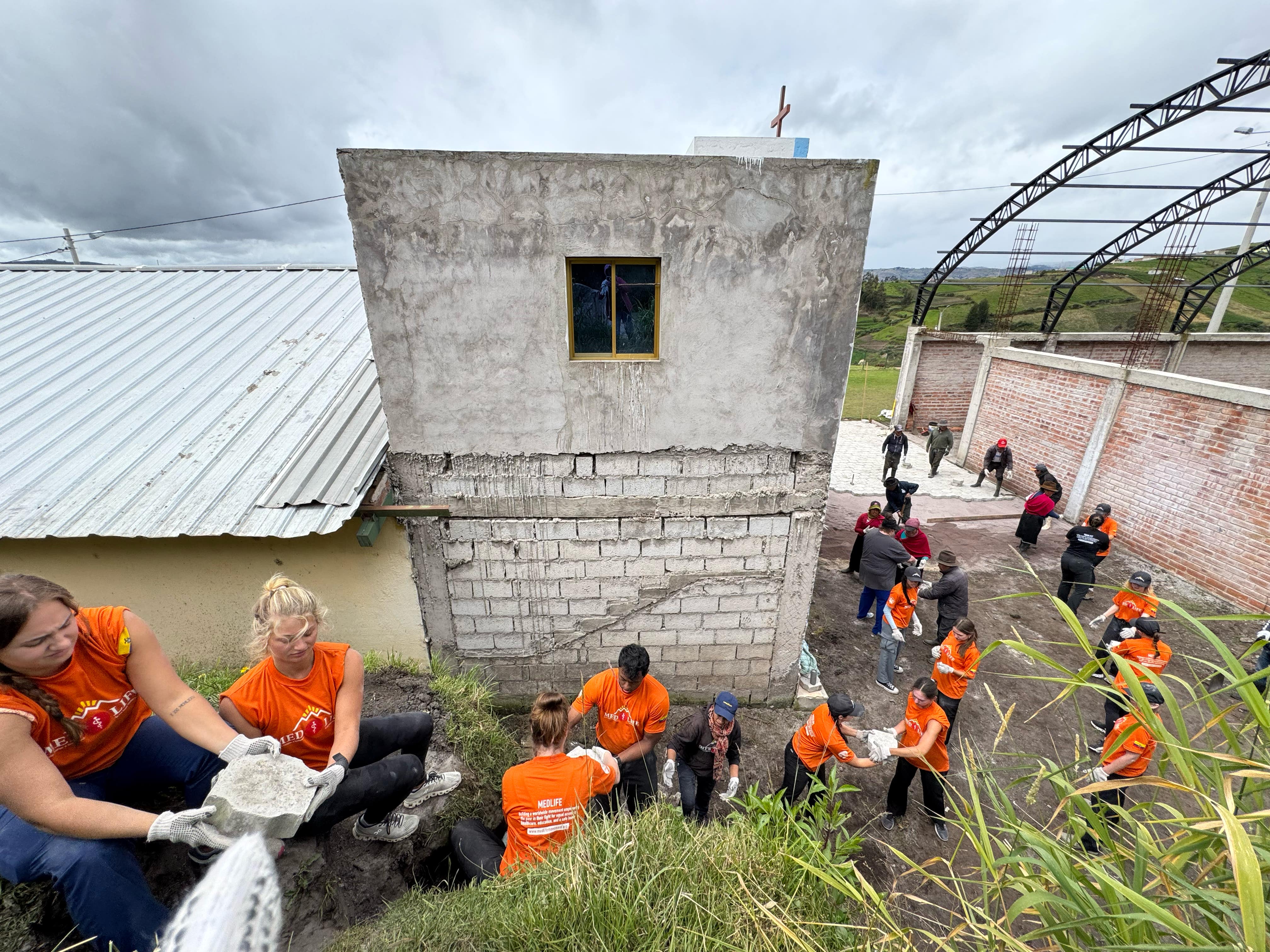
Latin America vs. Africa: What It’s Like to Participate in Volunteer Construction Work Around the World
Participating in volunteer construction work is an incredibly rewarding way to contribute to communities in need around the world. Whether you’re building homes in the heart of Latin America or working on infrastructure projects in rural Africa, the experience offers valuable insights into the realities of global development. However, each region presents its own set of challenges, cultural dynamics, and community needs. Here, we explore the similarities and differences between volunteer construction work in Latin America and Africa, helping you better understand what it’s like to volunteer in construction in both regions.

The Unique Challenges of Volunteer Construction Work in Latin America
Latin America is a region rich in culture, history, and diversity, with each country offering distinct challenges when it comes to construction and development. Many communities in Latin America experience urban growth but also face issues like informal settlements, overcrowded cities, and limited access to reliable infrastructure. As a volunteer working on construction projects in countries like Peru, Ecuador, or Guatemala, you’ll often find yourself working in areas with limited resources, but also in places where the warmth and resilience of the people shine through.
In Latin American countries, volunteer construction work often focuses on addressing urgent housing needs in underserved areas. You might find yourself assisting with building homes, schools, or community centers that serve as essential spaces for families and children. Whether you’re working on a new build or renovating an existing structure, your efforts will have a profound impact on local communities, providing families with safer, more secure living conditions.
The culture of community support and collaboration in Latin America is also a significant part of these construction projects. Volunteers often work side-by-side with local community members who are invested in improving their surroundings. The experience fosters a sense of unity, as you work together to address the challenges of poor infrastructure and housing in a collaborative, hands-on environment.

Volunteer Construction Work in Africa: A Different but Equally Rewarding Experience
In contrast, volunteer construction work in Africa often involves addressing basic needs in rural and remote areas. Many African communities face significant challenges related to poverty, access to healthcare, and limited infrastructure. As a volunteer, you’ll find yourself working on projects that range from building simple homes and schools to constructing wells and latrines, all of which are crucial to improving the quality of life for residents.
The primary difference in volunteer construction work in Africa lies in the rural nature of many of the communities. While Latin America’s projects can often take place in semi-urban areas, African volunteer construction work frequently focuses on isolated villages or small towns where the lack of infrastructure is even more pronounced. Volunteers in Africa may be building from scratch with very limited resources, making each contribution feel even more impactful.
One of the most unique aspects of volunteering in Africa is the deep connection to the local culture and traditions. African communities often place great value on collaboration and shared responsibility, and volunteers are treated as part of the community, not just as outsiders. This sense of inclusion is what makes volunteer in construction projects in Africa so special, knowing that your work will improve the lives of people who genuinely appreciate the effort.

What You Gain from Volunteering in Construction in Latin America and Africa
Whether you're volunteering in Latin America or Africa, volunteer construction work offers invaluable life experiences. You’ll learn new construction skills, gain a deeper understanding of different cultures, and leave with lasting memories of how your work positively impacted a community. The key takeaway is that, regardless of location, volunteer construction work brings the chance to make a meaningful difference and be part of something bigger than yourself.
Want to learn more? Download the Safe Homes Movement brochure. If you’re ready to support the work long-term, consider becoming a monthly donor. Every bit counts.



